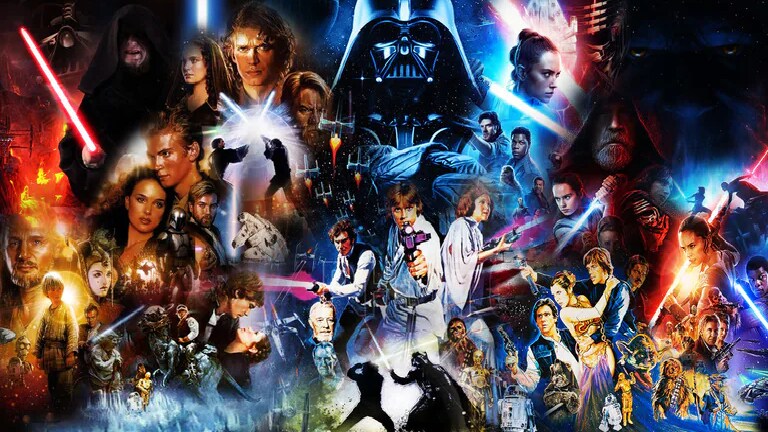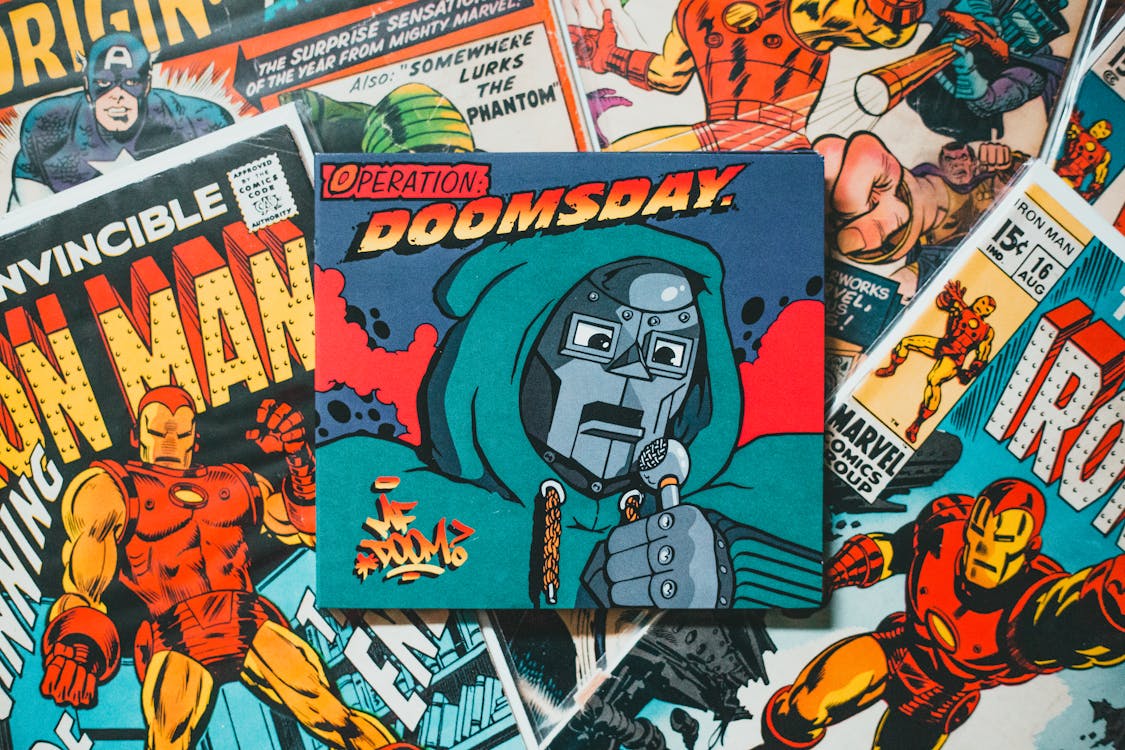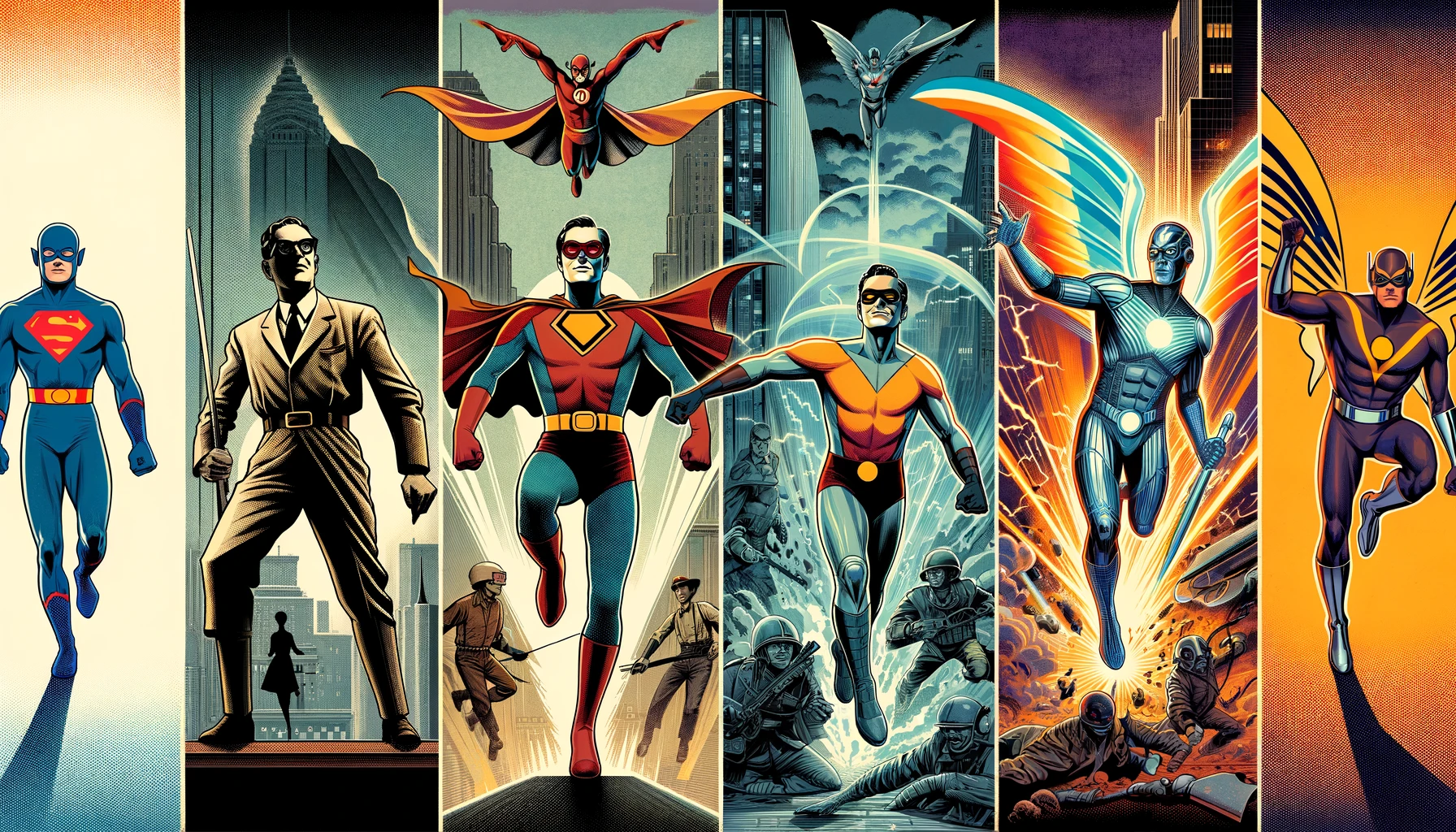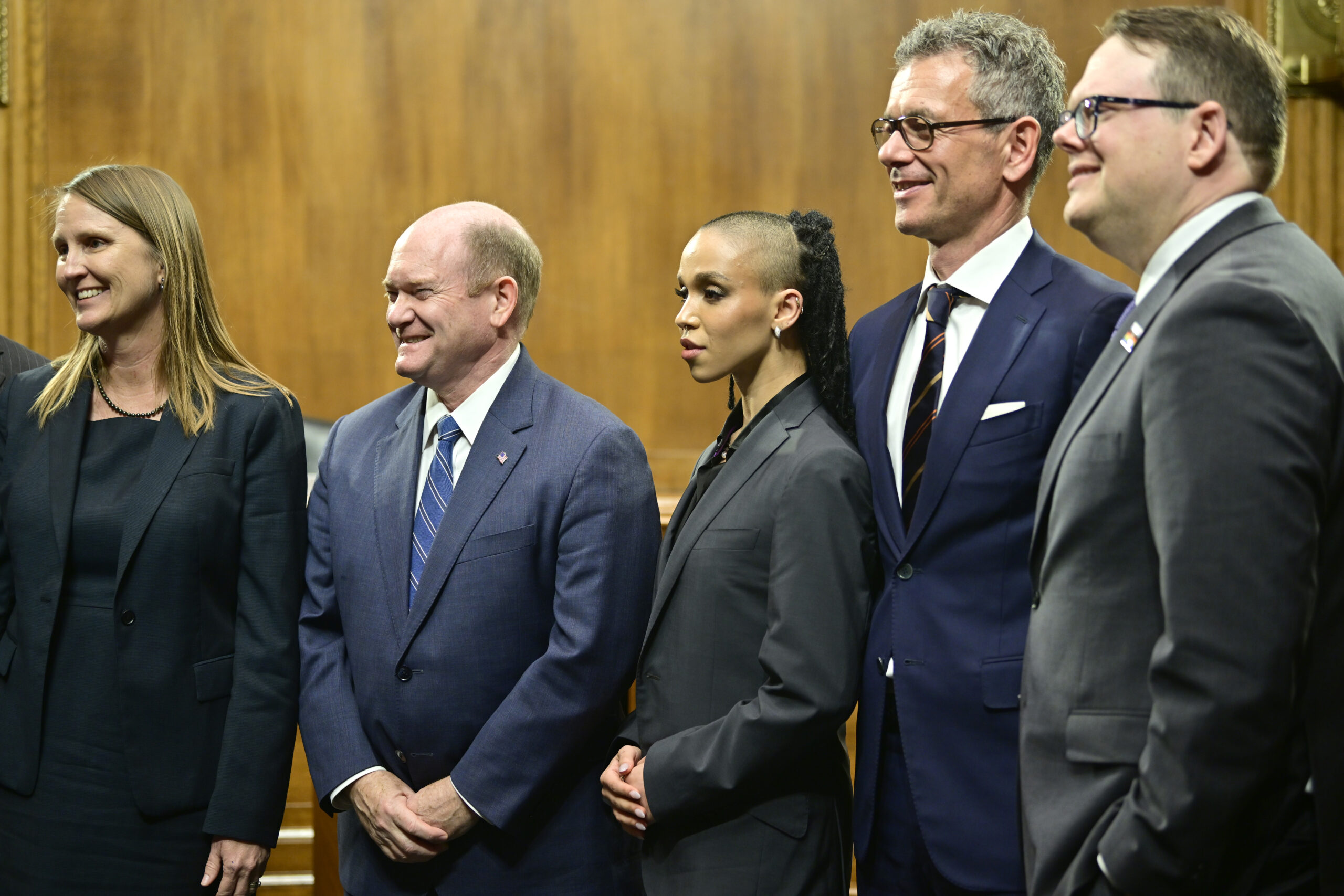
“Black Panther” Birth Afro-Futurism
Mark Dery is a cultural critic who realized that there was a danger of African-American history fading into obscurity without a representation from contributing intellectuals and artists from the culture. It was during the 1990’s that Dery pointed out that slavery and racism were powerful forces at work with the potential for omitting significant historical facts about African-culture in the mainstream recording and retelling of history. Dery originated the term Afrofuturism and recommended that African Americans become active in engagement in technology, art and literature as a means to ensure that the history would be integrated into future references to African American history.
What is Afrofuturism?
Afrofuturism refers to the science fiction works that present what the future may look like. There were few artists actively involved in the practice but some notable participants include authors Octavia Butler and Samuel Delaney. Sun Ra, also made contributions by donning the name of an Egyptian god of the sun, and promoting “an allegory of salvation” by which African Americans were given a pathway for escaping tribulation with an emigration to the stars. This fantastical work fit in perfectly with the Afrofuturistic genre.
Black panther birth afrofuturism
Within the last two and a half decades, there has been a resurgence in Afrofuturist interest with more artists joining the movement. The film “Black Panther” is among the strongest examples. The entrance of Afrofuturism into the entertainment industry brings the Afrocentric point of view in a rampantly successful film that gets the intended message out for the world to hear, and it’s leaving a large footprint that will secure a place in history for the artists, filmmakers and writers who’ve lent their talents to the remarkable creation. This is precisely the type of work that will burn into the memories of viewers and fans. “Black Panther” has a story line that appeals to the masses and has the potential for shaping popular opinion and helping viewers to see through the characters’ eyes and experience a different point of view, in some instances opening their eyes to some previously ignored truths. The film featuring a mostly Black cast of characters and a Black director serves as a powerful influence as the Black Panther is not a new character. He’s appeared in a 1966 “Fantastic Four” comic book.
Credit due for Black Panther resurrection
It’s been more than 50 years since the Black Panther emerged. Had it not been for Christopher Priest, an African American comic book writer, the character may have faded into oblivion. Priest has been active since the 1980s, making a name for himself in the predominantly white comic industry, and convincing Marvel to keep the character intact. With the success of the film, it’s obvious that Priest knew what he was talking about and it’s a move that has worked to Marvel’s advantage.
Inspiring a movement?
When “Black Panther” showed up on the scene, the civil rights movement of the 1960s was just getting underway. Black Power became a new force within the traditional struggle for equality. The Black Panther political party held a snarling icon of the ferocious cat as the symbol for their organization. The group was seen as radical in nature, moving beyond a means for protecting black citizens from the threat of racially driven police brutality to a Marxist based organization seeking revolution within the country. The comic wasn’t inspired by the political movement, rather it was the other way around if there was even a connection. The impact on the comic was unfavorable, but the film is clearly a work that stands on its own two feet without the need for association with the political group. It offers viewers a critique of the historical affairs that took place and a perspective on the attitudes expressed towards Africans by westerners in general.
Afrofuturism as a preservation strategy
Filmmaker Reginald Huddlin, along with Ta Nehisi Coates, now join the ranks of major contributors to the furtherance and preservation of African American history. Their works follow in the footsteps of Priest, who himself has left an indelible mark with his comic creation. It’s as though he saw into the future when he advised Marvel to maintain the “Black Panther” character. The film is the creation of several top notch Black American writers, actors and a director who work together to form a masterpiece that certainly will not be forgotten, particularly since Ta-Nehisi Coates is writing the series. Following on with the tradition of African American futurism established by Dery in the 1990s, the contributions that each generation makes so Afrofuturism will keep the history of the culture alive through the ages.
Author Profile
Latest entries
 GamingMay 3, 2024Unveiling the Enthralling Universe of Petir108 Slot Games: An In-Depth Exploration
GamingMay 3, 2024Unveiling the Enthralling Universe of Petir108 Slot Games: An In-Depth Exploration ColumnsApril 30, 2024Igniting Your Child’s Love for Star Wars: A Parent’s Guide
ColumnsApril 30, 2024Igniting Your Child’s Love for Star Wars: A Parent’s Guide Comic Book NewsApril 30, 2024The Links Between Comics and Casinos
Comic Book NewsApril 30, 2024The Links Between Comics and Casinos Comic BooksMarch 18, 2024The Evolution of Superheroes: A Journey Through Comic Book History
Comic BooksMarch 18, 2024The Evolution of Superheroes: A Journey Through Comic Book History









